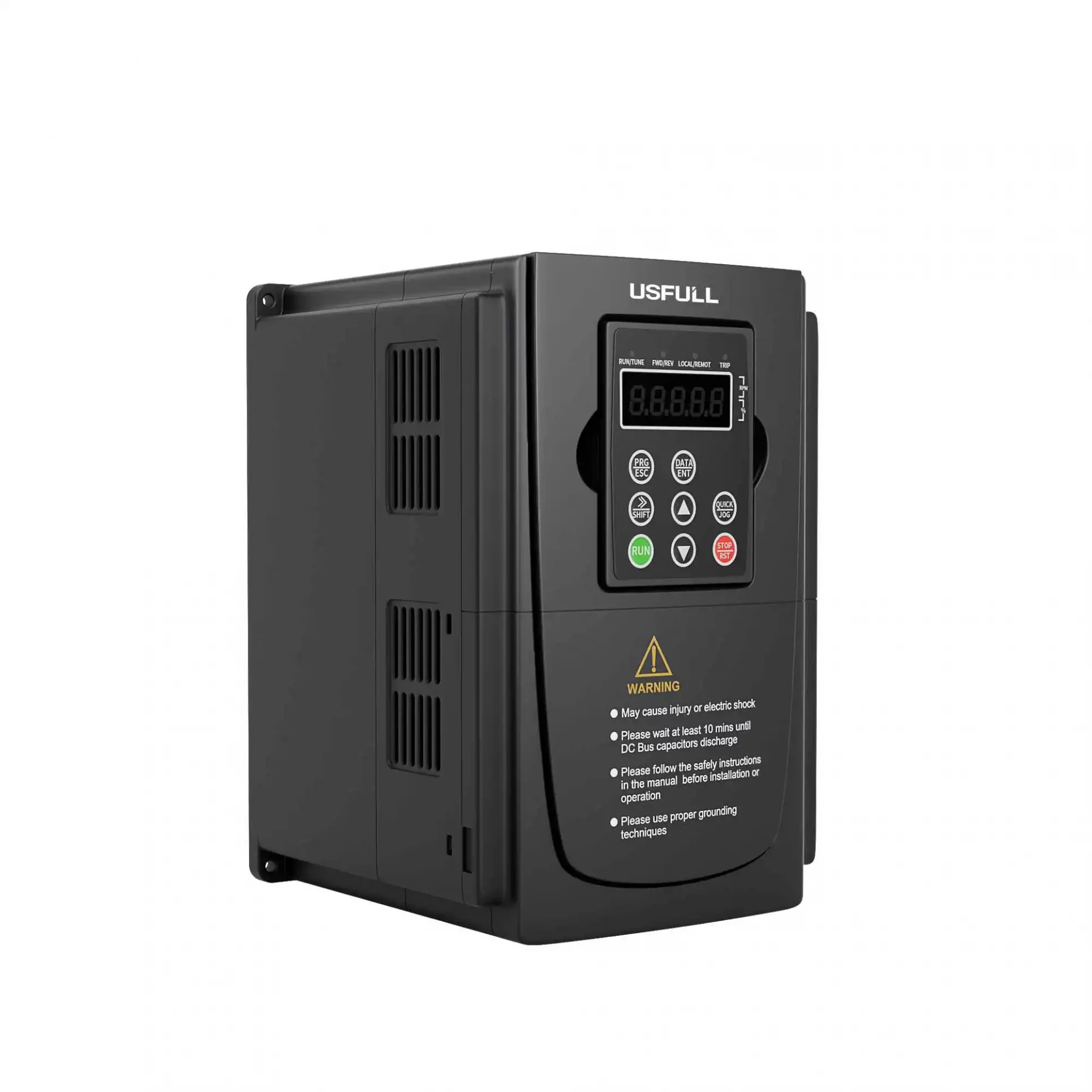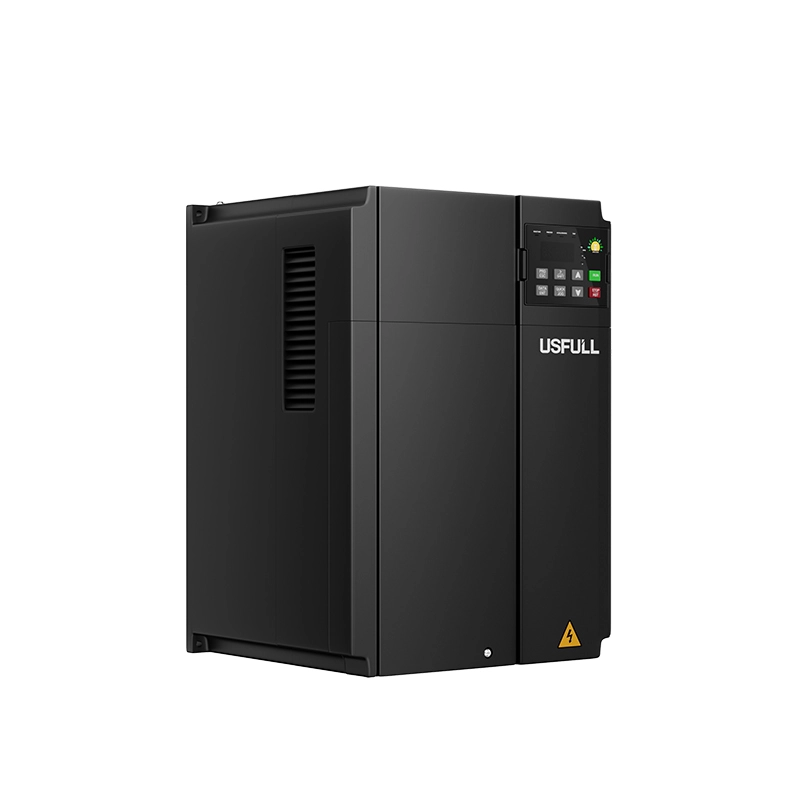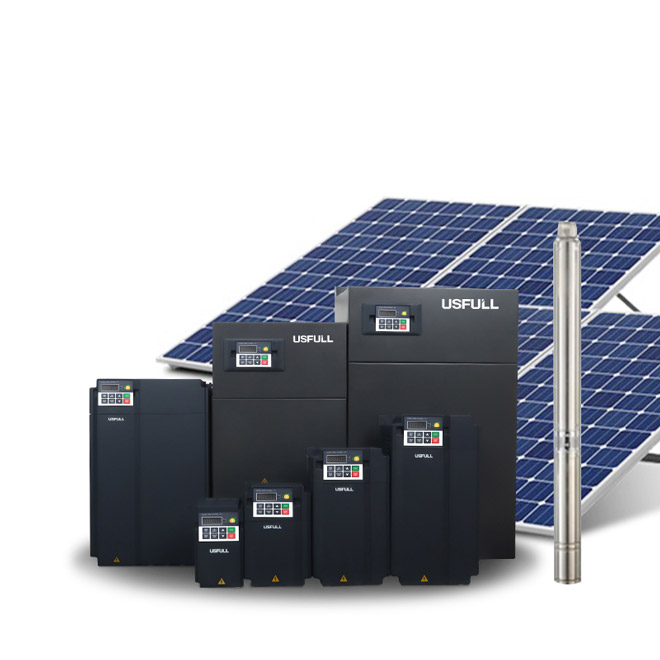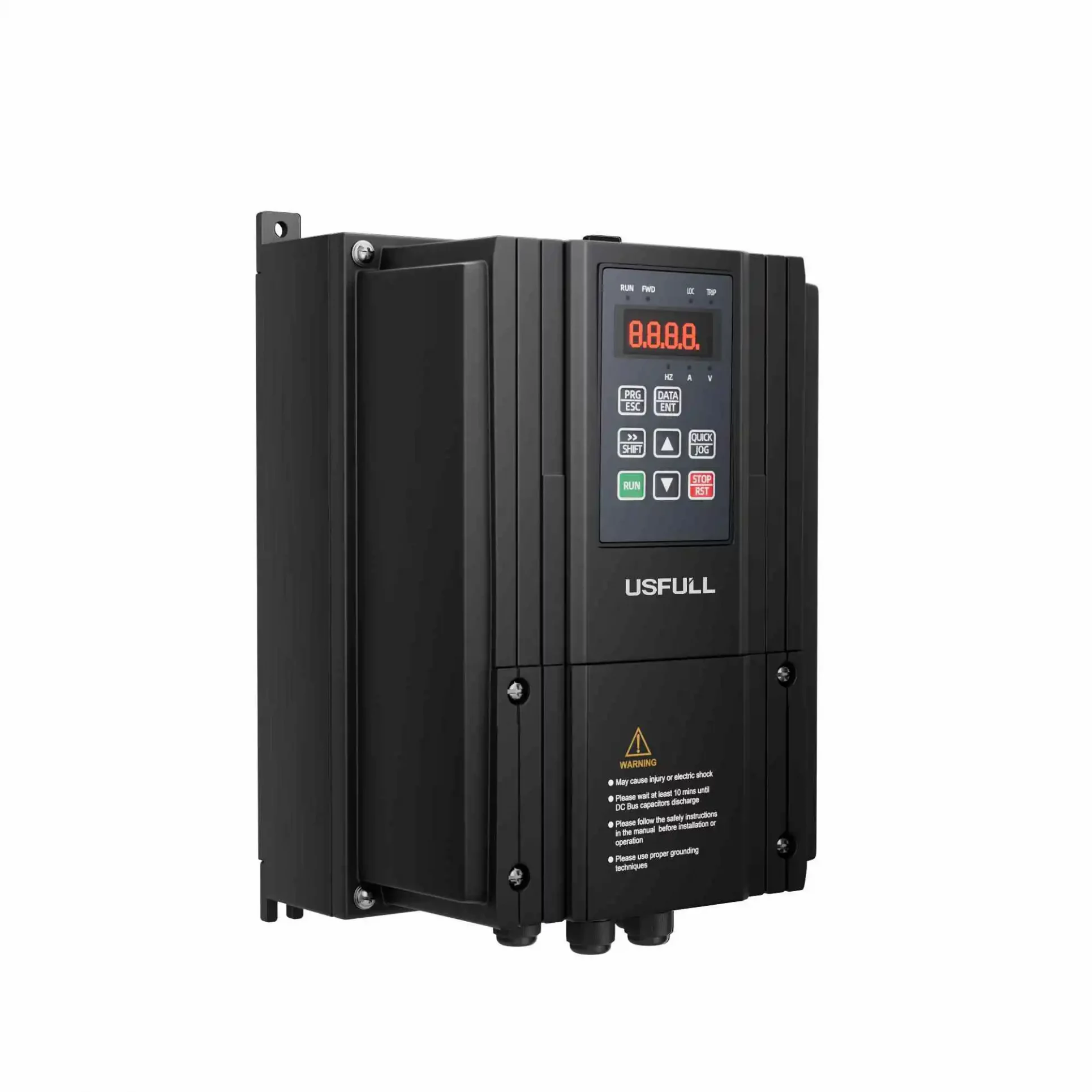Winding Machine:
In the scenario of a Winding Machine where the coils wound out are used as an important component of the transformer, using a Variable Frequency Drive (VFD) with the 2HP 380V motor can offer several significant advantages:
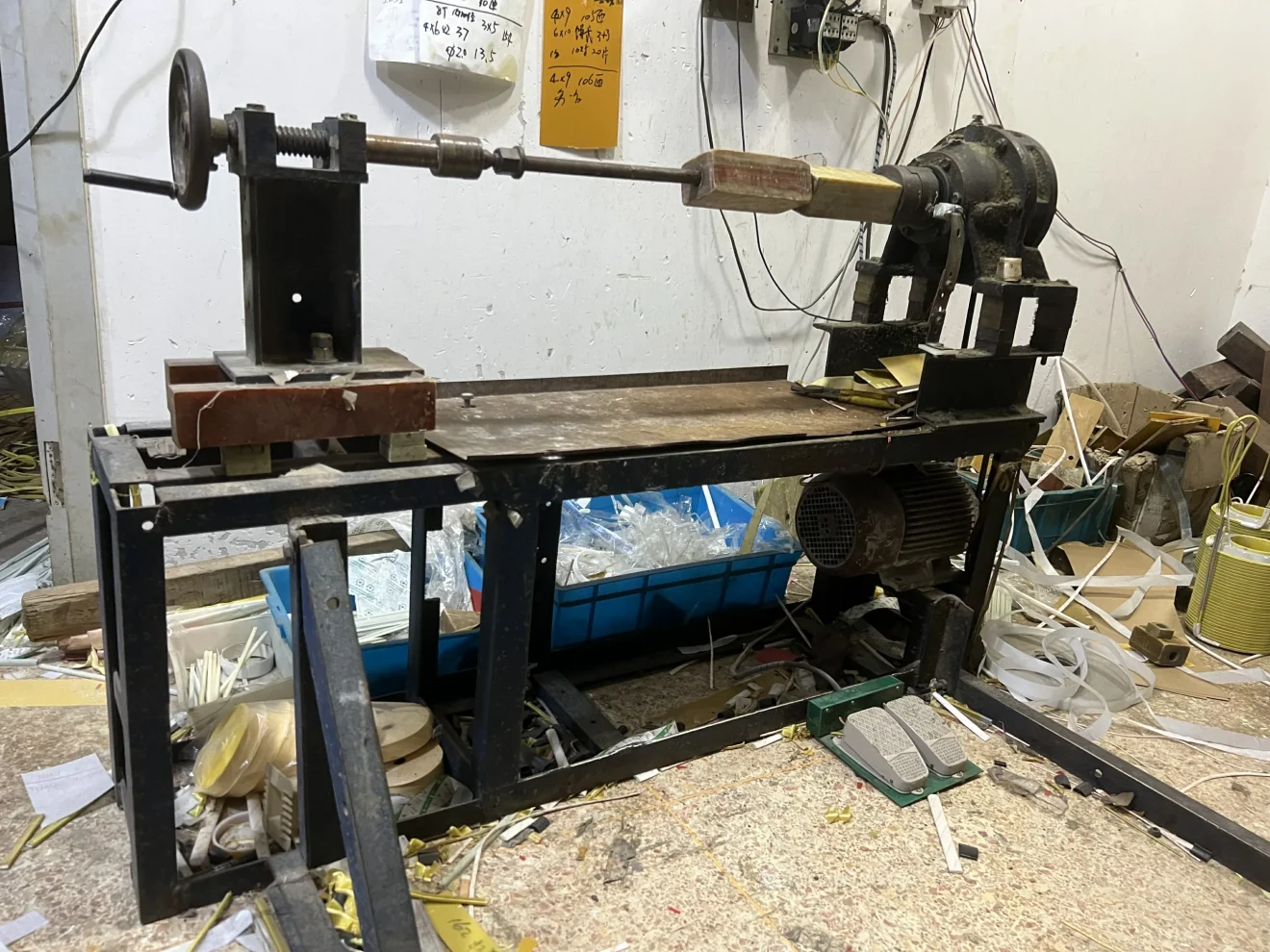
1. Speed Control: A VFD allows precise control over the motor’s speed. This is crucial in a winding machine where different winding tasks may require varying rotational speeds to achieve the desired number of turns and winding patterns. With a VFD, you can easily adjust the motor’s speed to meet the specific requirements of each winding task, ensuring accurate and consistent winding.
2. Torque Control: The ability to control the motor’s torque is essential when winding coils with varying wire gauges and thicknesses. A VFD enables you to adjust the torque output of the motor, ensuring proper tension and uniform winding of the coils. This helps prevent over-tensioning or under-tensioning of the wires, which can affect the quality of the coils.
3. Soft Start and Stop: VFDs offer soft start and stop capabilities, gradually ramping up or down the motor’s speed instead of abrupt starts and stops. This feature reduces mechanical stress on the winding machine and the transformer components, leading to smoother and more reliable operation. Soft start and stop also prevent sudden jolts or jerks in the winding process, which can improve the overall winding quality.
4. Energy Efficiency: VFDs can optimize energy consumption by adjusting the motor’s speed to match the required workload. When the winding machine is not operating at full capacity, the VFD can reduce the motor’s speed, resulting in energy savings and lower operating costs. This is especially beneficial in applications where winding tasks may vary in complexity and duration.
5. Precise Winding Control: VFDs can be integrated with advanced control systems and sensors to achieve precise winding control. This level of precision ensures consistent and high-quality winding, leading to better transformer performance. Additionally, VFDs can synchronize the winding process with external equipment or automation systems, streamlining the overall manufacturing process.
6. Overload Protection: VFDs come with built-in overload protection features that monitor motor current and can quickly respond to abnormal conditions, such as coil jams or winding errors. This protects the motor and winding machine from damage and extends their lifespan. Overload protection ensures that the winding process runs safely and reliably, reducing downtime and maintenance costs.
7. Reverse Operation: Some winding processes may require reverse winding or unwinding. VFDs can easily facilitate reverse motor operation without the need for additional mechanical arrangements. This versatility allows the winding machine to handle a wider range of winding tasks effectively.
In summary, using a VFD with the 2HP 380V motor in the Winding Machine offers precise speed and torque control, energy efficiency, improved winding quality, enhanced protection, and the flexibility to handle various winding tasks. These advantages contribute to increased productivity, reduce energy consumption, improved product quality, and overall efficiency in the coil winding process, resulting in better-quality coils for use as essential components in transformers.
Power of the inverter used: FU9000D-2R2G-4-V3, 2.2KW 380V
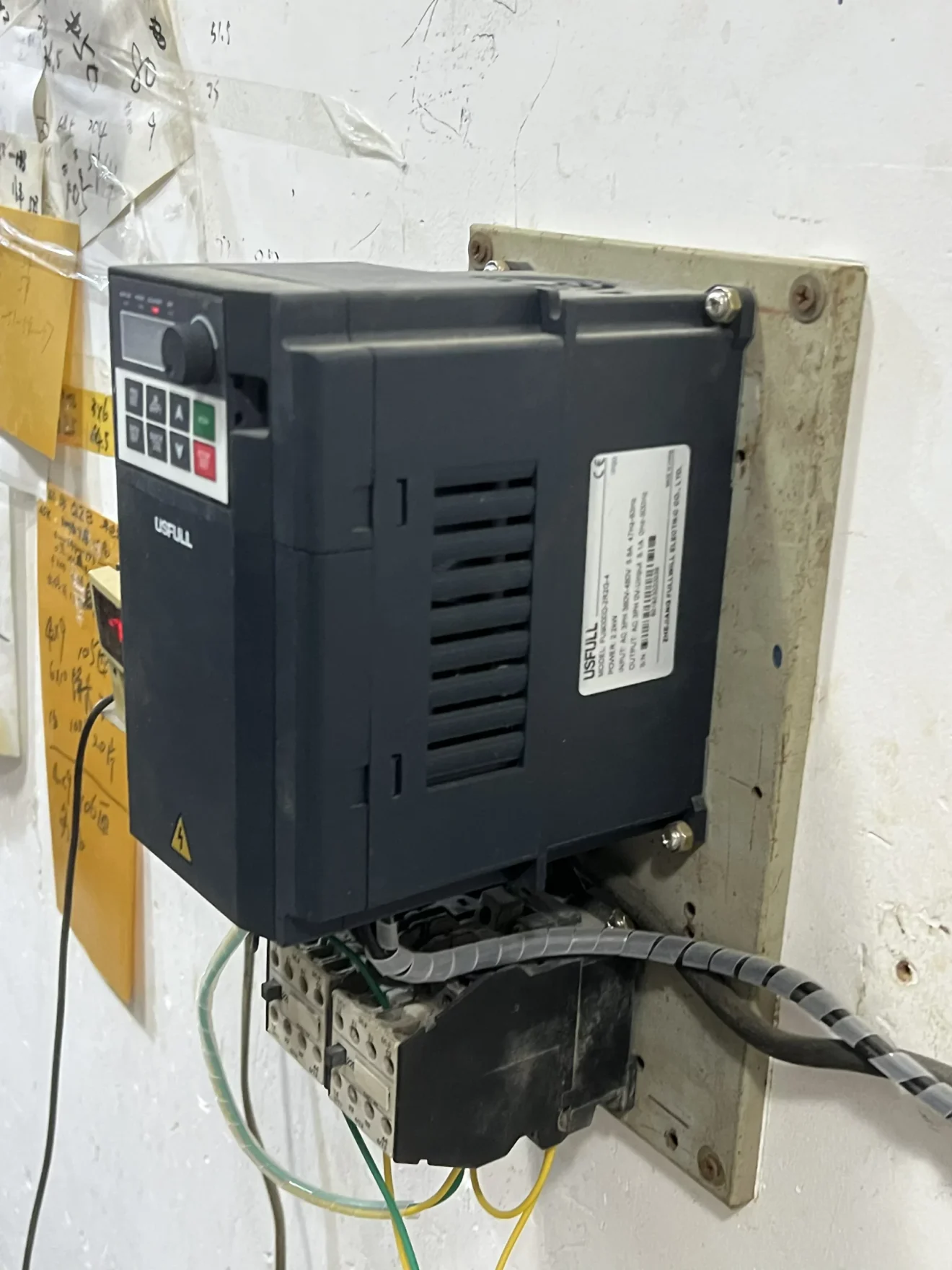
The power of the inverter model FU9000D-2R2G-4-V3 is 2.2 kW at 380V. This means that the inverter can handle a maximum power output of 2.2 kilowatts when operating at a voltage of 380 volts. Inverters like this are commonly used to convert DC (direct current) power from a power source into AC (alternating current) power used in various electrical appliances and machines. The 2.2 kW rating indicates the maximum capacity of the inverter to supply power to connected devices at the specified voltage level.
Using VFD to control the speed of a winding machine:
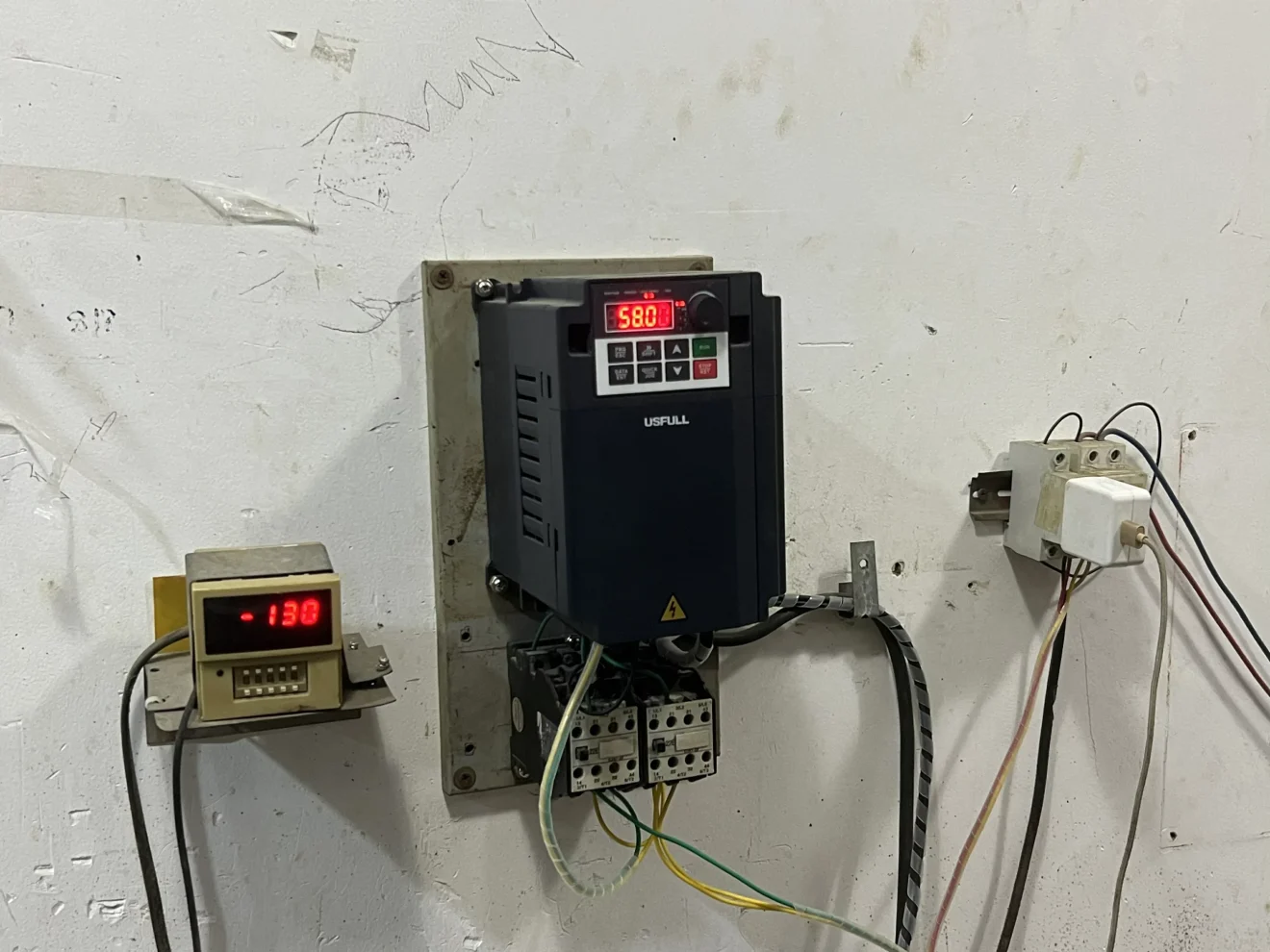
The purpose of using a frequency converter (also known as a variable frequency drive or VFD) in the context of a winding machine is to adjust the speed of the motor to meet specific requirements and improve its performance. In this scenario, the winding machine’s motor is running at a slow starting speed, and the frequency converter is set to 58Hz to address this issue.
Here’s how a frequency converter helps achieve the desired speed adjustment:
1. Speed Control: A frequency converter allows precise control over the motor’s speed by adjusting the frequency of the electrical supply to the motor. By increasing or decreasing the frequency, the speed of the motor can be controlled accordingly. In this case, setting the frequency to 58Hz would increase the motor’s speed compared to its starting speed.
2. Soft Start: When a motor starts, it requires a higher amount of current to overcome inertia and bring the system up to its operating speed. A frequency converter can provide a soft start, which means gradually ramping up the motor’s speed instead of starting it abruptly. This soft start feature reduces mechanical stress on the motor and the winding machine, leading to smoother and more reliable operation.
3. Torque Control: A frequency converter also enables control over the motor’s torque output. This is essential in a winding machine where different winding tasks may require varying levels of torque to maintain proper tension and uniform winding of the coils. By adjusting the frequency, the torque output of the motor can be optimized for each specific winding task.
4. Energy Efficiency: Frequency converters can optimize energy consumption by adjusting the motor’s speed to match the required workload. Running the motor at the optimal speed for each winding task reduces unnecessary energy consumption, resulting in energy savings and lower operating costs.
By setting the frequency converter to 58Hz, the winding machine’s motor is running at a higher speed than its starting speed, addressing the slow starting issue and enabling more efficient and controlled winding operations. The use of the frequency converter offers flexibility in adjusting the motor’s speed to meet various winding requirements and ensures smoother, more efficient, and precise winding processes.
Functions of invertor in forward and reverse motor operation
The most commonly used function of an inverter in winding machines is the ability to provide a forward and reverse motor operation. The forward and reverse function allows the motor of the winding machine to rotate in both clockwise and counterclockwise directions. This capability offers several important benefits in the winding process:
1. Coil Winding Direction: Different winding tasks may require the coils to be wound in either a clockwise or counterclockwise direction. The forward function of the inverter enables the motor to rotate in the desired direction for winding the coils.
2. Unwinding and Rewinding: In some scenarios, it may be necessary to unwind or rewind the coils. The reverse function of the inverter allows the motor to rotate in the opposite direction, facilitating unwinding or rewinding operations.
3. Flexibility in Winding Patterns: With the forward and reverse function, the winding machine can create a wide range of winding patterns. This flexibility allows for the production of different types of coils used in various applications, such as transformers, motors, and solenoids.
4. Correcting Errors: If a winding error occurs during the process, the reverse function can help correct the mistake by unwinding the coil to the point where the error occurred.
5. Maintenance and Inspection: The reverse function is valuable during maintenance and inspection procedures. It allows technicians to easily rotate the motor in both directions for inspection or to access specific parts of the winding machine.
Overall, the forward and reverse function of the inverter in winding machines enhances the versatility and efficiency of the winding process. It enables precise control over the winding direction, provides flexibility in creating winding patterns, and facilitates maintenance and error correction, making it a crucial feature for winding operations.
Parameters Setting:
In this context, a winding machine is being discussed, and there are certain parameters that have been set for its operation. Let’s break down the explanation and reasoning behind each parameter setting:
(1) DI1 and DI2 Configuration:
DI1 and DI2 are auxiliary contacts of two separate contactors (contactor 1 and contactor 2) connected to the COM terminal. By connecting these two auxiliary contacts, a specific control sequence is established. Then, two parameters are set:
– P0-02=1: This parameter sets the operation command selection to “terminal control,” which means the machine’s operation will be controlled by external signals provided at the terminal inputs.
– P4-01=2: This parameter sets the DI2 terminal function selection to either “reverse running” (REV) or “forward and reverse running direction.” This setting enables the machine to run in both forward and reverse directions, depending on the input signal received at DI2 terminal.
Reason: The reason behind these settings is to energize the contactors through a foot switch. When the foot switch is activated, it energizes the contactors, which then control the frequency converter. This arrangement allows the winding machine to achieve forward and reverse functions, providing versatility in its operation.
(2) Frequency Setting:
Two parameters are adjusted for the frequency converter:
– P0-10: It is set to 58Hz.
– P0-12: It is also set to 58Hz.
Reason: The factory default frequency for the winding machine is 50Hz. However, in this case, the default frequency is considered a bit small for the intended application. By setting P0-10 and P0-12 to 58Hz, the frequency converter will produce a higher frequency output, which may be necessary to meet the requirements of the winding process.
(3) Acceleration Time Setting:
Parameter P0-17 is adjusted to control the acceleration time.
Reason: The reason for setting P0-17 is that the acceleration time of the winding machine is considered too slow in its default configuration. Acceleration time refers to the time it takes for the machine to reach its desired speed from rest or a lower speed. By adjusting P0-17, the acceleration time is shortened, which can help in improving the machine’s efficiency and overall performance.
In summary, these parameter settings are made to tailor the winding machine’s operation to specific requirements and optimize its performance for the intended application.
Customer current observations:
Customer dissatisfaction with the inverter is not reported till now; USFULL VFD is effective and meets expectations.

